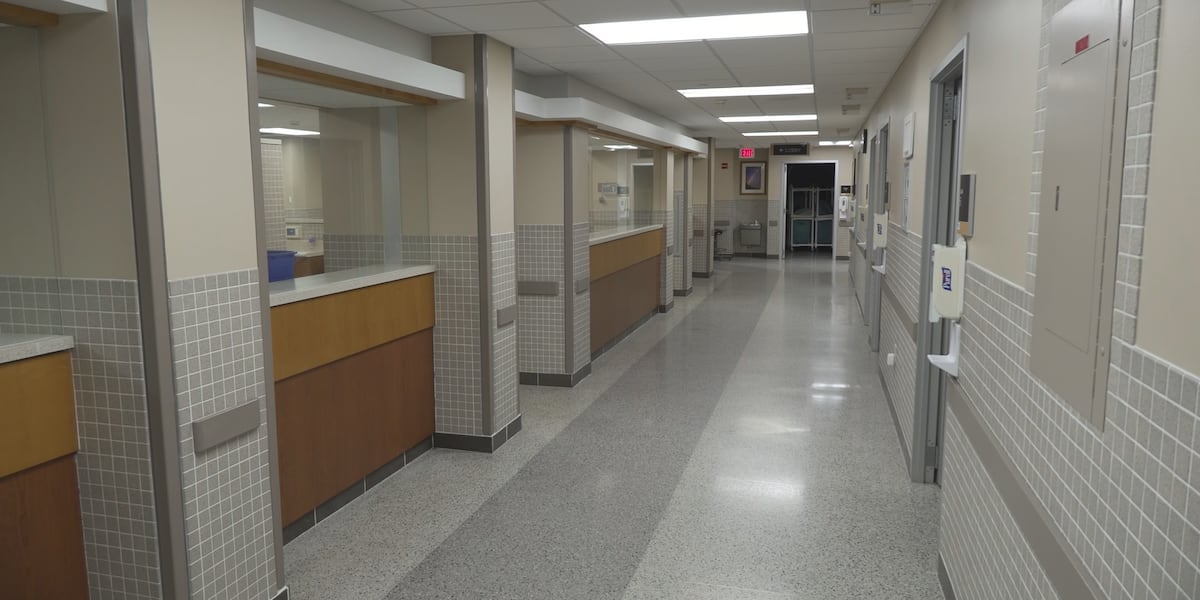Summary
The budget is considered a compromise from both sides of the aisle, but lawmakers seem to agree that it is a win for healthcare.
Source: WEAU on MSN.com

AI News Q&A (Free Content)
Q1: What are the main healthcare provisions included in the new Wisconsin budget for 2023-2025?
A1: The Wisconsin budget for 2023-2025 includes several key healthcare provisions. It allocates $106,900 in the fiscal year 2023-24 and $142,500 in 2024-25 to support the operation of the Wisconsin Healthcare Stability Plan reinsurance program. Furthermore, it increases expenditure authority for the Prescription Drug Monitoring Program by $253,800 in 2023-24 and $261,400 in 2024-25. Additionally, $1.8 million is granted over the biennium for data analysis to identify low-value care in the Medicaid program.
Q2: How does the budget aim to improve access to prescription drugs in Wisconsin?
A2: To improve access to prescription drugs, the new budget maximizes access to and utilization of the Department of Safety and Professional Services’ enhanced Prescription Drug Monitoring Program. This involves increased expenditure authority and a $600,000 allocation in fiscal year 2024-25 for electronic health records integration, ensuring accuracy and efficacy in the program.
Q3: What is the significance of the Medicaid incentive for nonhospital providers in the new budget?
A3: The new Wisconsin budget provides $12,224,000 in 2023-24 and $8,464,000 in 2024-25 to create a Medicaid incentive for nonhospital providers participating in health information exchange. This incentive aims to enhance the quality of care by promoting the sharing of health information across different healthcare providers, thus improving patient outcomes and reducing costs.
Q4: What role does the Wisconsin Healthcare Stability Plan play in the new budget?
A4: The Wisconsin Healthcare Stability Plan is a reinsurance program designed to ensure the availability of affordable health coverage for consumers. The new budget supports this plan by providing funding for a program administrator position to oversee data analysis, contract management, and strategic development, ensuring the program's operational effectiveness.
Q5: How does the budget address the issue of low-value care in Wisconsin's Medicaid program?
A5: The Wisconsin budget addresses low-value care by granting $1.8 million over the biennium for data analysis. This initiative aims to identify and reduce low-value care practices within the Medicaid program, thereby improving care quality and reducing unnecessary healthcare spending.
Q6: What are the findings of recent research on pediatric patient safety checklists?
A6: Recent research indicates that pediatric patient safety checklists are valuable tools for improving care quality and safety. A scoping review found that 79% of studies reported a reduction in incidents and adverse events with checklist use. However, 18% of studies reported no impact, and 3% noted negative impacts, suggesting the need for more rigorous study designs to generalize these findings.
Q7: What does the new budget do to enhance health information exchange in Wisconsin?
A7: The budget allocates substantial funds to incentivize nonhospital providers to participate in health information exchange. By promoting the sharing of health data, the budget aims to enhance care coordination, improve patient outcomes, and reduce healthcare costs through more efficient information flow among providers.
References:
- Published: 2025-07-03 Title: A Scoping Review of Patient Safety Checklists in Pediatrics.




